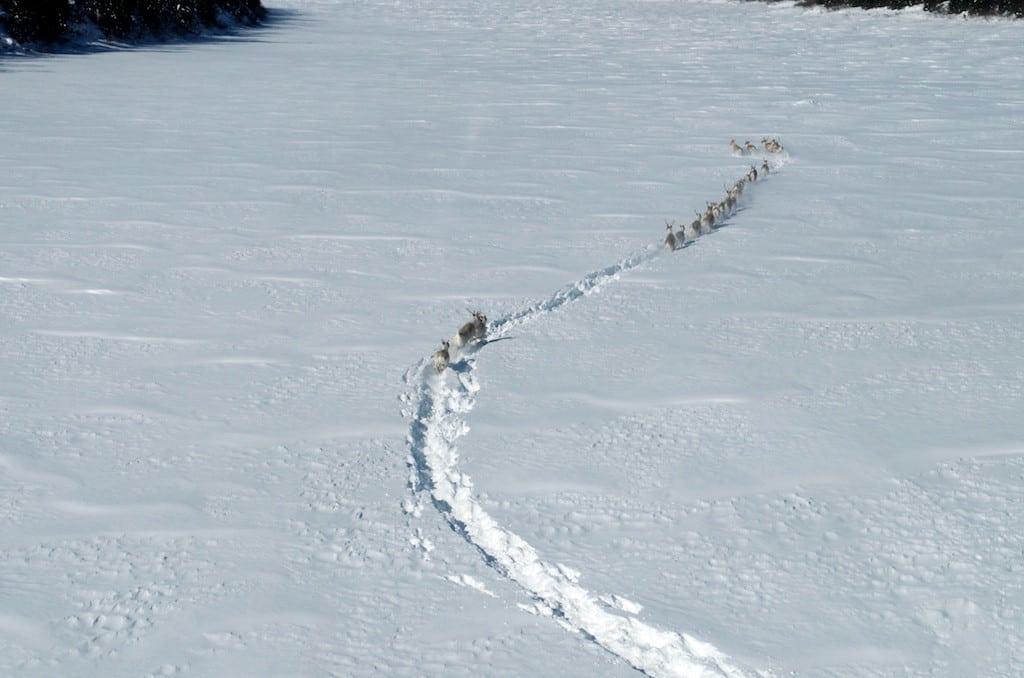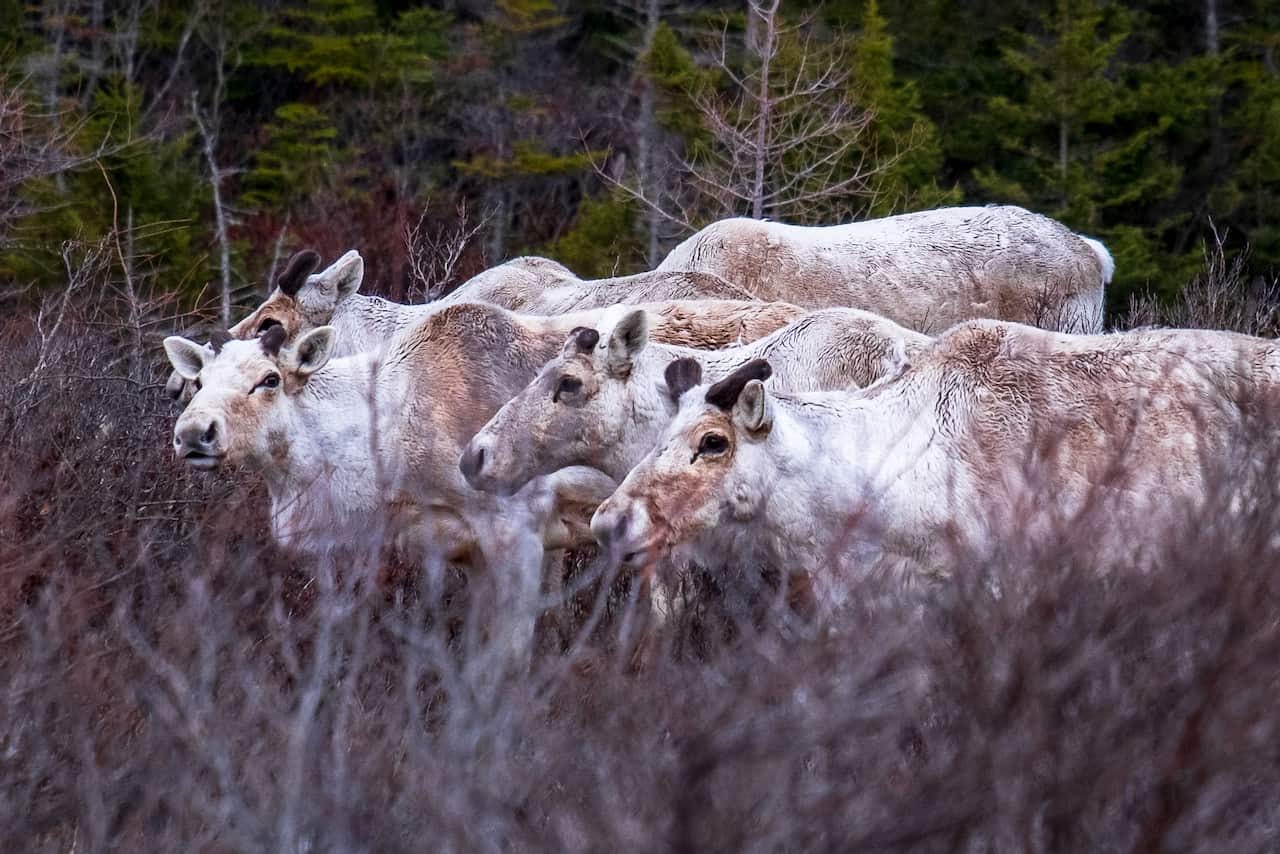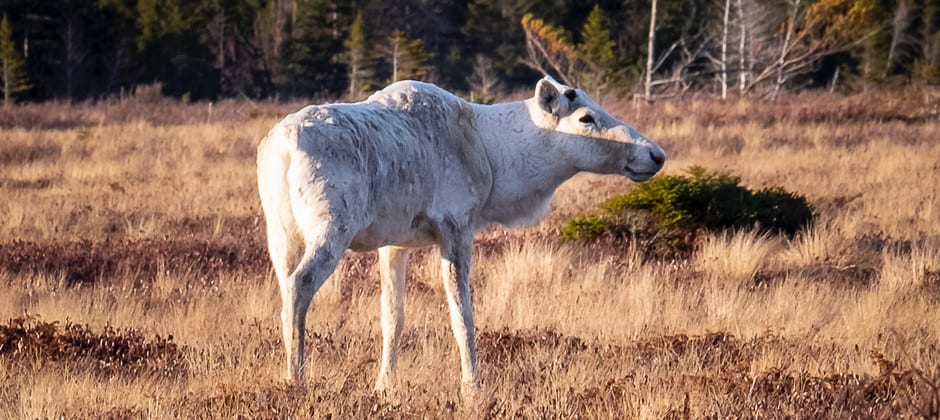Share this article
Caribou numbers drop in Labrador as climate warms
Labrador is relatively free of the landscape changes that have caused declines in caribou populations in other parts of Canada and Alaska. But even there, caribou numbers are falling — due to climate change.
A new two-decade study shows that even relatively untouched parts of the range of boreal caribou are experiencing human-caused impacts.
“Climate has indeed influenced caribou population dynamics in Labrador over the past two decades,” said Isabelle Schmelzer, a wildlife ecologist at the Forestry and Wildlife Research Division of the Government of Newfoundland and Labrador and the lead author of a study published recently in Global Ecology and Conservation.
While development, human presence and a resulting influx of predators has impacted the survival of caribou throughout their North American range, the new research shows that climate change is affecting adult female caribou survival even in ranges where development is less pronounced.

Research shows adult female caribou in Labrador have better survival in winters with heavier snowfall. Credit: Isabelle Schmelzer
Schmelzer and her co-authors examined the survival of adult female boreal woodland caribou (Rangifer tarandus caribou) in Labrador from 1996 through 2014. They tracked 257 animals from five boreal caribou populations using telemetry collars and estimated survival over monthly and annual intervals using models. They also gathered NASA climate information, which they combined with the survival data into model sets, that evaluated the influence of a series of climatic conditions such as snowfall, insect harassment and growing season length.
While climate change is complex, the study found several factors that were linked to caribou survival. They found that, similar to other research, freezing rain during the fall had a negative effect, likely due to the fact that the icy layer from the rain becomes quickly buried by snow without melting. The hard layer can prevent caribou from breaking through the ice with their hooves to access the vegetation they feed on below.
Higher annual snowfall rates were associated with higher survival. While the researchers aren’t sure why, Schmelzer said that deeper snow in the area might keep winter predators like wolves (Canis lupus) at bay, since they have trouble moving through deep drifts. Labrador is seeing less snow due to climate change, creating conditions which may make it easier for wolves to prey on caribou.

Boreal woodland caribou in Labrador face different threats from herds elsewhere in Canada and the United States.
Credit: Isabelle Schmelzer
Meanwhile, the intrusion of the migratory George River caribou herd into northern Labrador’s boreal forest during winter — where the non-migratory populations are found — is also drawing wolves, which follow the George River herd southward. “Caribou are likely declining as a result of these seasonal prey-dynamic changes,” Schmelzer said, particularly in one population, the Red Wine Mountain herd, where winter range overlap occurred for 10 consecutive years.
Scientists expect that by mid-century, winter temperatures will warm by six to seven degrees Celsius in Labrador. Changes in temperature and snow and rainfall conditions could exert further pressure on adult females in the winter when the caribou use more energy but have reduced food availability, Schmelzer said. “I hope that they find a way to adapt in a way that allows them to persist on the landscape,” she said.
Header Image: Caribou in Labrador don’t face the same types of threats from development, but climate change is still affecting their numbers. Credit: Isabelle Schmelzer








